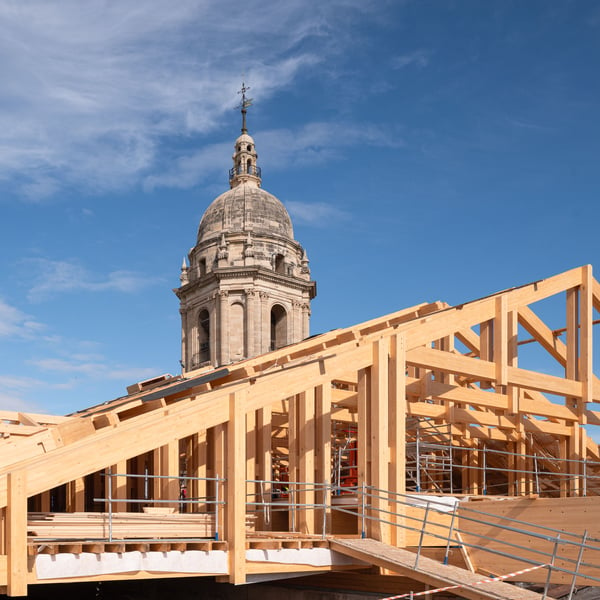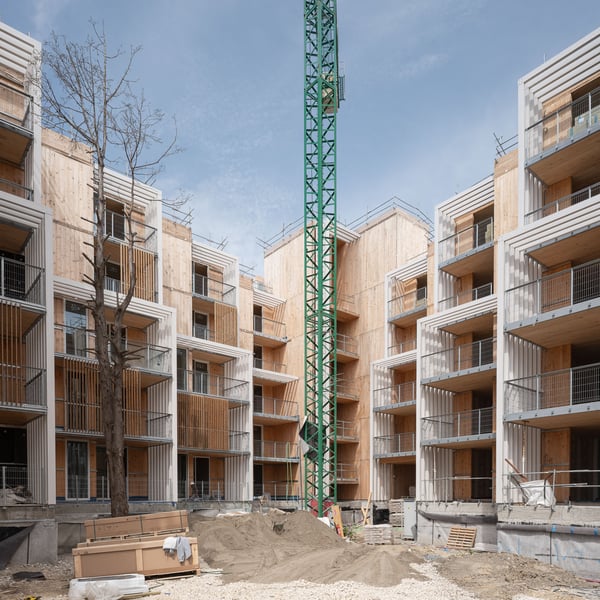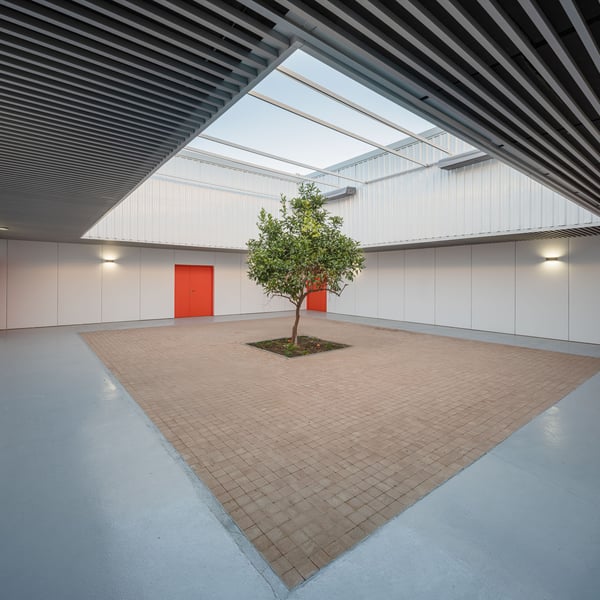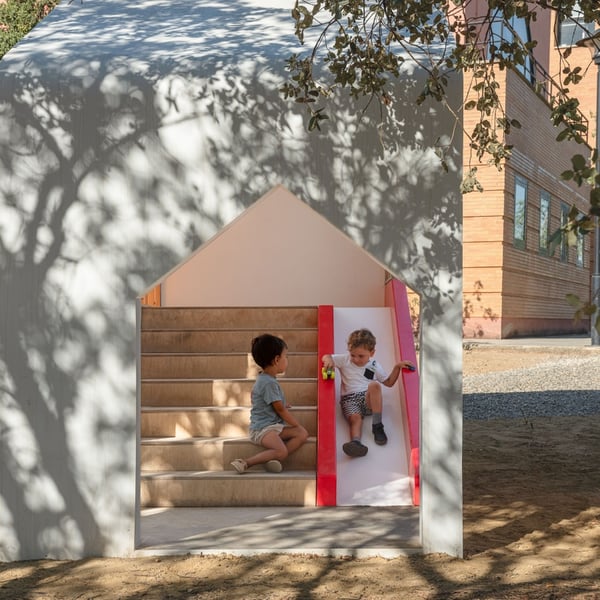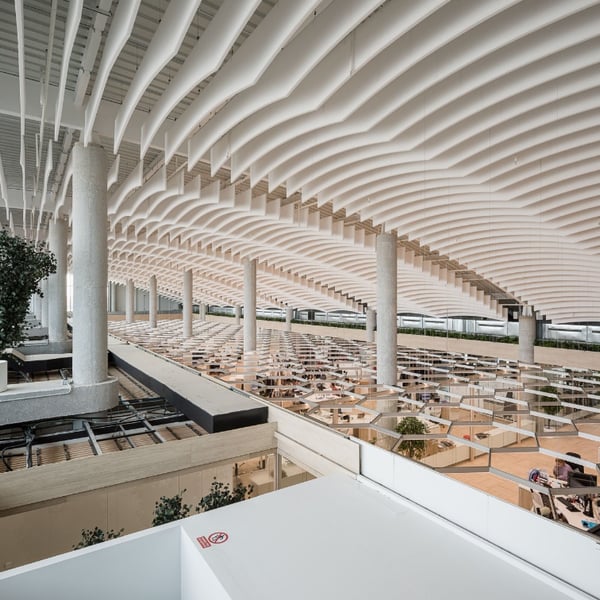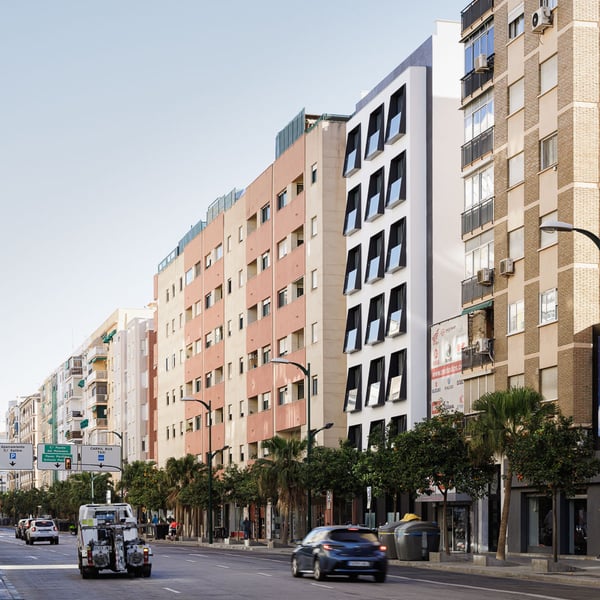.
Architecture
 Ref: 9624_01
Ref: 9624_01  Ref: 9624_02
Ref: 9624_02  Ref: 9624_03
Ref: 9624_03  Ref: 9624_04
Ref: 9624_04  Ref: 9624_05
Ref: 9624_05  Ref: 9624_06
Ref: 9624_06  Ref: 9624_07
Ref: 9624_07  Ref: 9624_08
Ref: 9624_08  Ref: 9624_09
Ref: 9624_09  Ref: 9624_10
Ref: 9624_10  Ref: 9624_11
Ref: 9624_11  Ref: 9624_12
Ref: 9624_12  Ref: 9624_13
Ref: 9624_13  Ref: 9624_14
Ref: 9624_14  Ref: 9624_15
Ref: 9624_15  Ref: 9624_16
Ref: 9624_16  Ref: 9624_17
Ref: 9624_17  Ref: 9624_18
Ref: 9624_18  Ref: 9624_19
Ref: 9624_19  Ref: 9624_20
Ref: 9624_20  Ref: 9624_21
Ref: 9624_21  Ref: 9624_22
Ref: 9624_22  Ref: 9624_23
Ref: 9624_23  Ref: 9624_24
Ref: 9624_24  Ref: 9624_25
Ref: 9624_25  Ref: 9624_26
Ref: 9624_26  Ref: 9624_27
Ref: 9624_27  Ref: 9624_28
Ref: 9624_28  Ref: 9624_29
Ref: 9624_29  Ref: 9624_30
Ref: 9624_30  Ref: 9624_31
Ref: 9624_31  Ref: 9624_32
Ref: 9624_32  Ref: 9624_33
Ref: 9624_33  Ref: 9624_34
Ref: 9624_34  Ref: 9624_35
Ref: 9624_35  Ref: 9624_36
Ref: 9624_36  Ref: 9624_37
Ref: 9624_37  Ref: 9624_38
Ref: 9624_38  Ref: 9624_39
Ref: 9624_39  Ref: 9624_40
Ref: 9624_40  Ref: 9624_41
Ref: 9624_41  Ref: 9624_42
Ref: 9624_42  Ref: 9624_43
Ref: 9624_43  Ref: 9624_44
Ref: 9624_44  Ref: 9624_45
Ref: 9624_45  Ref: 9624_46
Ref: 9624_46  Ref: 9624_47
Ref: 9624_47 Architects
Promoter
Vicerrectorado de Smart Campus. Universidad de Málaga
Builder
Lasor S.L.
Collaborators
Candela García Huber
Providers
Porcelanosa Grupo
Escofet
Solid Pro
The Island and Green Path of the Faculty of Education Sciences is a project where spaces for children are designed in a naturalized environment from an educational point of view. The project is based on the idea of rethinking current playgrounds, creating outdoor spaces for children where boys and girls connect with nature and interact with different types of materials. Due to its location within the University of Malaga, this new urban park dedicated to children and students is proposed, where they can interact and learn from each other. Its location between the Faculty of Education Sciences and the Infant School of the University is key. university, this allows us to create two differentiated and at the same time united spaces where some can play and others learn, therefore learning by playing. On the one hand, a topographic space is created where students can rest and on the other, a more constructed space where children and Girls develop their learning linked to play and nature as teaching resources. This is how it is proposed to rethink green and rest areas as learning environments. To do this, the pre-existing conditions of the place, the new soil to be incorporated, the new vegetation and the new architectures proposed are studied from a pedagogical perspective, understanding space and vegetation as teaching elements.The main elements of the project are the current and proposed vegetation, operational topographies, architectural fold and materiality. The fold thus creates different types of spaces for the development of the boy and girl, spaces where they can play with sizes, with scale, work on motor development, or teach small classes, a set of open scenarios where they can continually create new routes and games linked to nature. Vegetation is the key to the space, not only because of the quality and quality that it offers to the space, the natural shade in the play spaces is key: All the existing trees in the place have been maintained, creating small topographies and fences where they can accumulate. the fruits and that can serve as game elements; New bushy vegetation has been incorporated to work with the senses, color, smell and textures to turn them into elements of learning and play. The topographies made with different types of textures are areas for rest and at the same time to be explored by children, offering a new space for relating to the trees, exploring them at different heights, relating to the trunk or the crown. There are also some prefabricated pieces as benches for sitting or sliding. The materiality has been sought to coexist between the most natural and the most contemporary, for this different textures of sand, gravel and native vegetation are used to create the areas of the park and the fold uses elements built in Solid Surface for its ease of cleaning and adaptation to different shapes.
IDRIS Housing Building
Málaga
Conjunto Premier Restoration
Málaga
Malaga cathedral roof
Málaga
Oceanika Coliving
Málaga
AIRZONE office refurbishment
Málaga
Cuatro edificios de oficinas en la ampliación del Parque Tecnológico de Andalucía
Málaga
Remedios Rojo Public Vocational Training Centre for Employment
Málaga
Smart City Kids. Espacios para la conciliación familiar.
Málaga
Mayoral Headquarters Extension
Málaga
2 dwellings building at Salitre 37
Málaga


